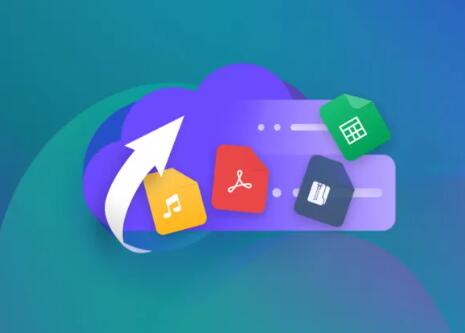When a USB drive asks to be formatted, it typically indicates an issue with the file system or the drive itself. Here’s an in-depth explanation:
Common Reasons USB Drives Ask to Be Formatted
File System Corruption:
Description: The file system on the USB drive may be corrupted due to improper ejection, system crashes, or malware. The operating system can’t read the file system correctly, so it prompts you to format the drive to restore functionality.
Symptoms: You might see error messages indicating that the drive is not accessible or that it needs to be formatted.

Drive Errors:
Description: Physical or logical errors can occur on the USB drive, which can lead to it being unreadable. These errors might arise from hardware malfunctions or frequent usage.
Symptoms: Unusual noises, slow performance, or frequent disconnections.
Unsupported File System:
Description: If the USB drive was formatted with a file system not supported by the current operating system (e.g., an old file system or one used by a different OS), you might be prompted to format it.
Symptoms: The drive may not show up correctly or may be recognized as unformatted.
Virus or Malware Infection:
Description: Malware or viruses can cause file system corruption or make the drive appear as if it needs to be formatted.
Symptoms: Unexpected behavior, such as files disappearing or strange files appearing on the drive.
Partition Issues:
Description: The USB drive may have partition issues or incorrect partition table entries that prevent proper recognition.
Symptoms: Errors related to partitioning, or the drive might show as unallocated space.
Hardware Failure:
Description: Physical damage to the USB drive can result in it becoming unreadable and prompting for formatting.
Symptoms: The drive may not be recognized at all, or it might have intermittent connectivity issues.
Steps to Take Before Formatting
Check for Drive Errors:
Use built-in tools like chkdsk on Windows or Disk Utility on macOS to check and attempt to repair errors on the drive.
Try on Another Computer:
Sometimes, the issue might be with the specific computer or USB port. Testing the drive on another system can help identify if the problem is with the drive or the computer.
Use Data Recovery Software:
Before formatting, you can try using data recovery software to retrieve important files. Software like Recuva, EaseUS Data Recovery, or Disk Drill might help recover data from a corrupted drive.
Check for Malware:
Run a full antivirus scan to ensure that malware isn’t causing the issue.
Formatting the Drive
If data recovery isn’t possible or isn’t necessary, you can format the drive:
Windows:
Right-click the drive in File Explorer and select Format. Choose the file system (e.g., NTFS, FAT32) and proceed with the format.
macOS:
Open Disk Utility, select the USB drive, and click Erase. Choose the desired format and erase the drive.
Linux:
Use tools like GParted or command-line utilities (mkfs, fdisk, etc.) to format the drive.
Prevention Tips
Safely Eject Drives: Always use the “Safely Remove Hardware” feature before unplugging the USB drive.
Regular Backups: Regularly back up important data to avoid data loss.
Use Antivirus Software: Keep your system protected from malware to prevent file system corruption.
If you’re not comfortable with these steps or the drive contains crucial data, it might be best to consult a professional data recovery service.
About us and this blog
Panda Assistant is built on the latest data recovery algorithms, ensuring that no file is too damaged, too lost, or too corrupted to be recovered.
Request a free quote
We believe that data recovery shouldn’t be a daunting task. That’s why we’ve designed Panda Assistant to be as easy to use as it is powerful. With a few clicks, you can initiate a scan, preview recoverable files, and restore your data all within a matter of minutes.
Subscribe to our newsletter!
More from our blog
See all postsRecent Posts
- Data recovery salt lake city utah 2025-04-18
- Data recovery sacramento 2025-04-18
- Data recovery miami 2025-04-18

 Try lt Free
Try lt Free Recovery success rate of up to
Recovery success rate of up to









